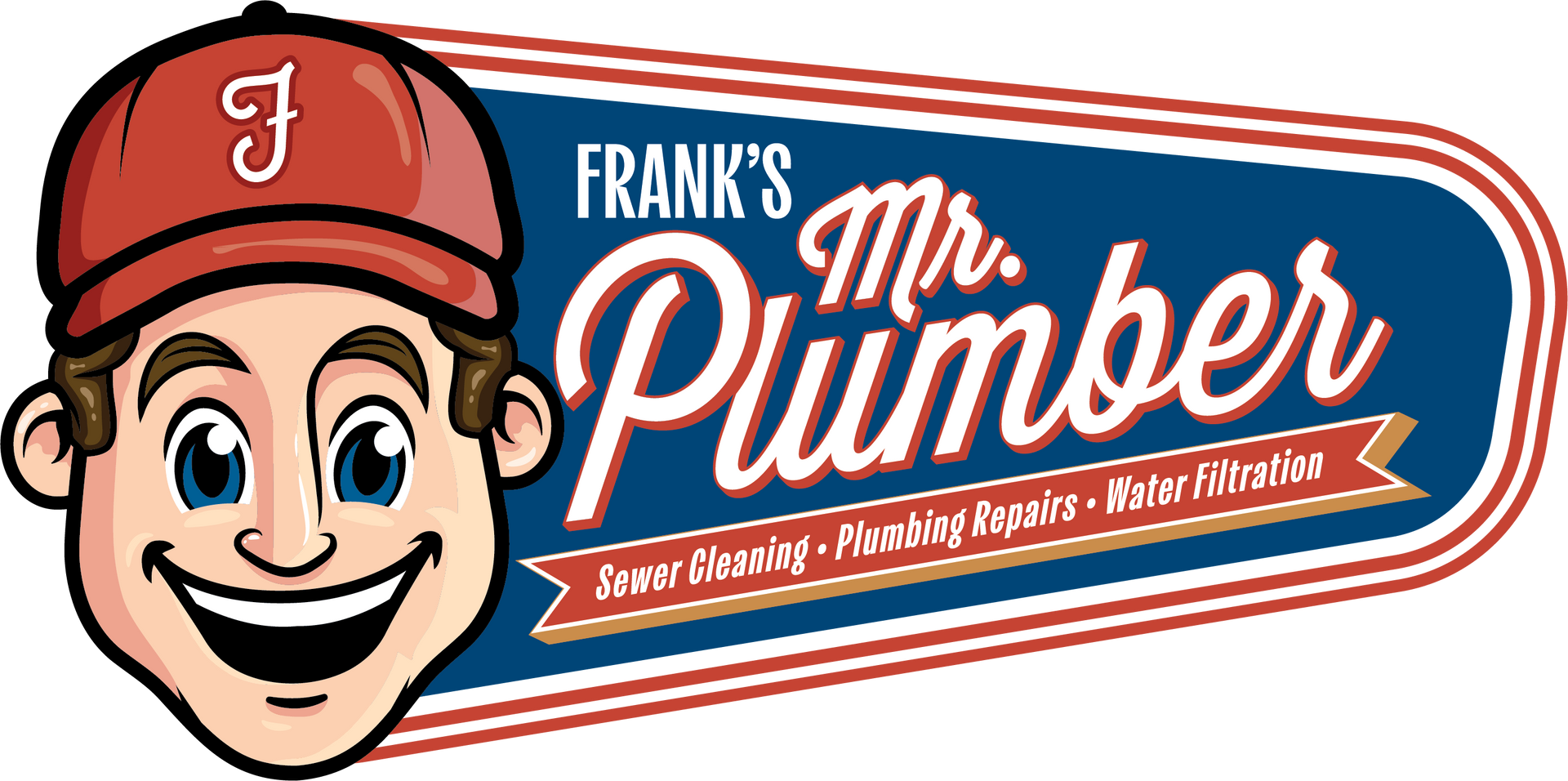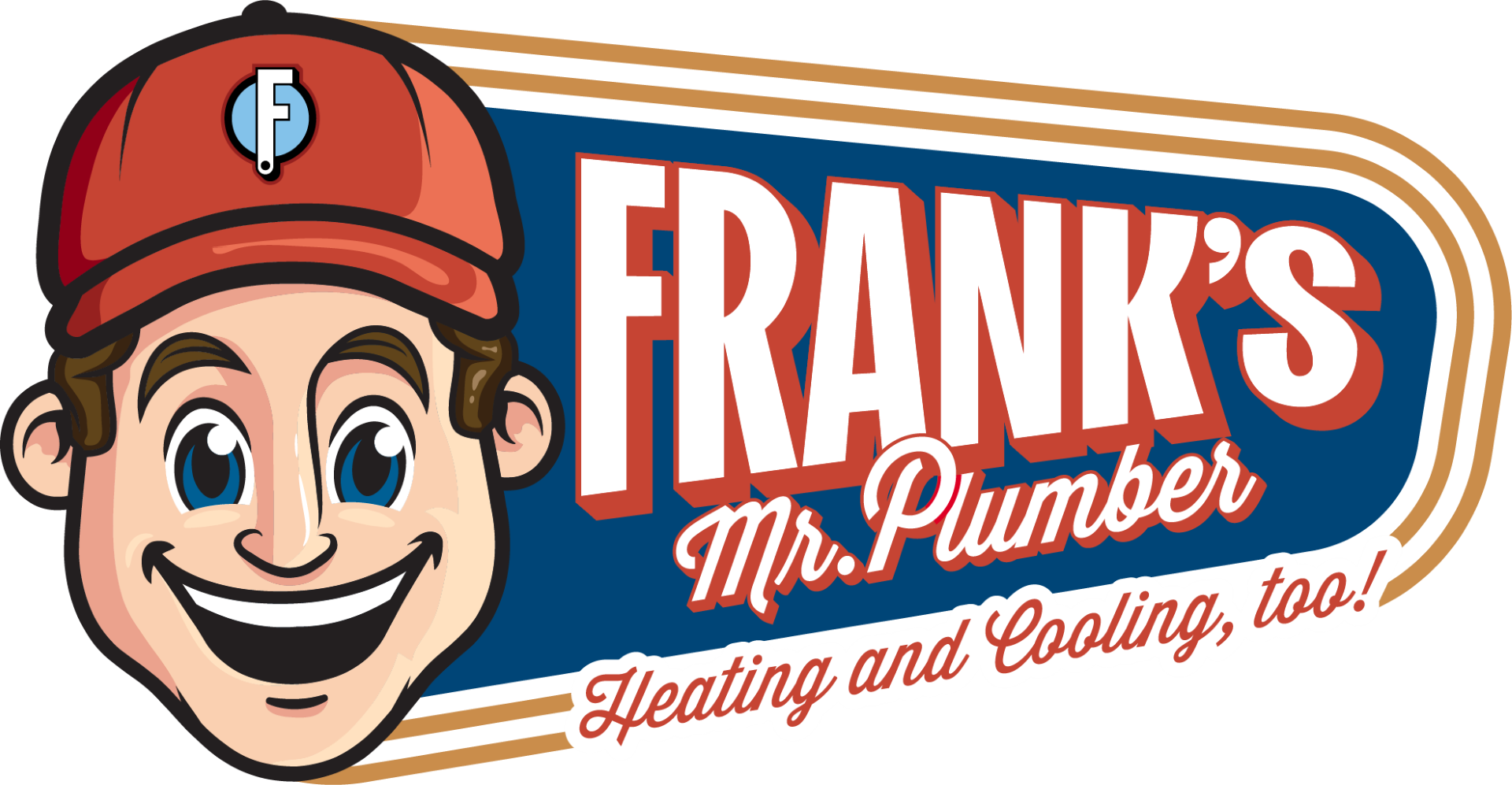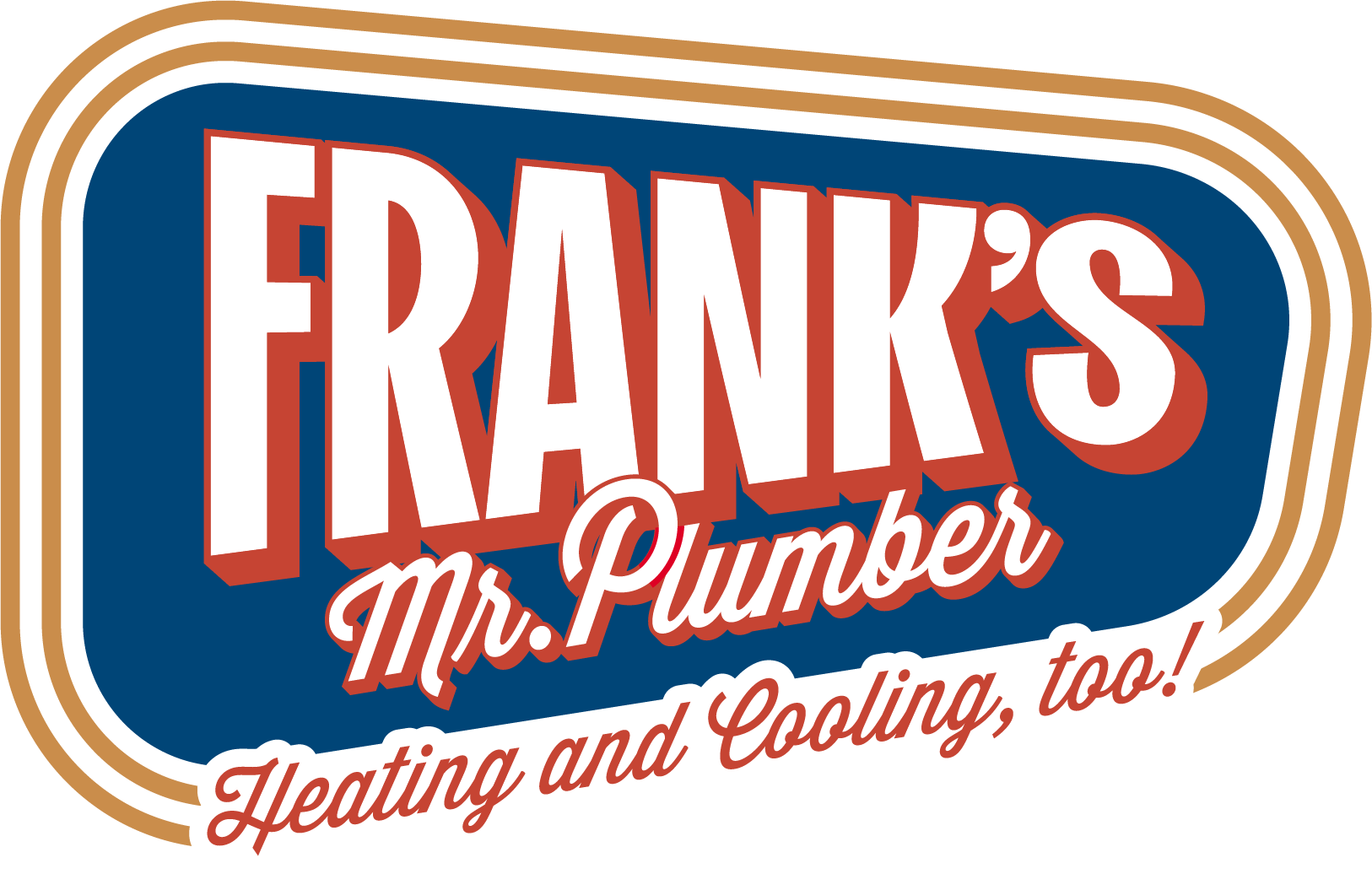What Does It Mean When Your Shower Is Dripping
A dripping shower might seem like a small inconvenience, but it's often a symptom of deeper plumbing issues. Whether it’s a slow drip from the shower head or water leaking from behind the handle, these signs can indicate problems that lead to wasted water, higher bills, and even home damage. If you're in Tonawanda, Orchard Park, or anywhere in the Buffalo area, knowing what causes a dripping shower, and how to handle it, could save you from future headaches and costly repairs.
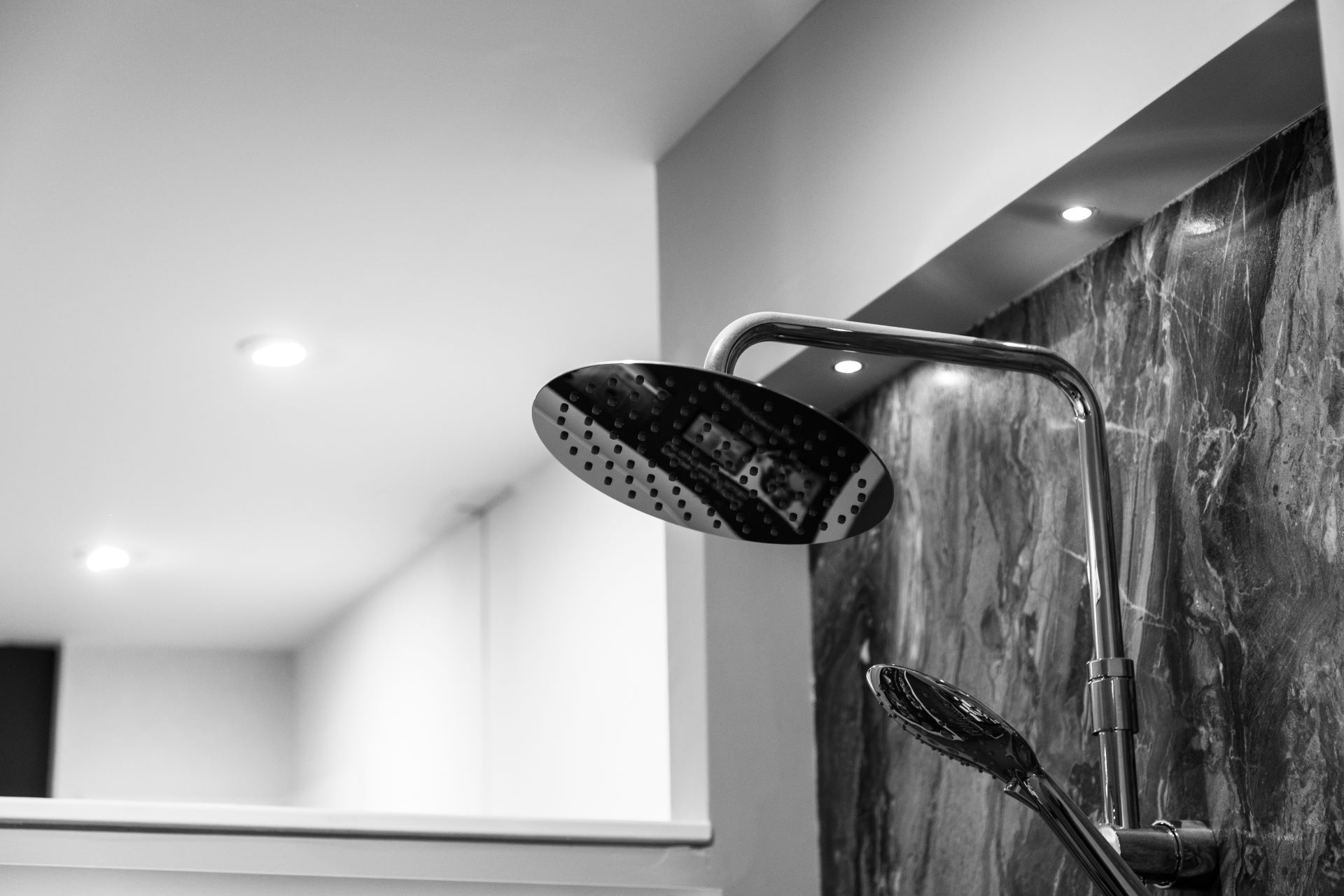
When Is a Dripping Shower “Normal”?
Not all dripping is a red flag. Sometimes it’s just water left in the pipes or the shower head that drains out after you shut the valve off. If you hear a few drops fall and it stops within a minute, that’s likely nothing to worry about.
But if you notice constant dripping, water marks, or unusual sounds behind the wall, that’s not normal. These symptoms often mean something isn’t sealing properly or internal parts are worn down.
7 Common Causes of a Dripping Shower
1. Worn-Out Washers or O-Rings
These rubber components seal the space between your faucet and shower head. Over time, they dry out, crack, or lose shape, allowing water to slip through even when the faucet is closed.
DIY Tip: If your shower uses compression-style handles, replacing the washer may fix the drip.
2. Faulty Cartridge or Valve
The cartridge controls how hot or cold water flows. When it wears down, it may not fully stop the water, especially if you notice leaking from the handle or behind the wall.
Professional Fix: Cartridges vary by brand. An experienced plumber can quickly identify the right part and swap it out.
Learn more about our valve repair services.
3. Mineral Buildup from Hard Water
Hard water is common in Western New York and can leave calcium and magnesium deposits that clog valves and wear down seals. This makes it harder for your system to shut off completely.
Solution: Clean shower heads and internal parts with vinegar. Consider a water softener if buildup is frequent.
We also install water filtration systems.
4. High Water Pressure
While strong pressure feels great during a shower, it can strain your pipes and valves. Water may push past seals not designed for high PSI, especially in older homes.
Test It: A plumber can check your pressure and install a regulator if needed.
Contact us for pressure testing.
5. Loose or Damaged Fittings
Threaded connections behind your shower handle or in the pipes may loosen over time. Vibration, corrosion, or improper installation can all lead to minor leaks.
Risk: These leaks may stay hidden behind tile or drywall until visible damage appears.
Don't wait—schedule a leak inspection.
6. Aging Plumbing Materials
If your home was built decades ago and still has original plumbing, materials may be deteriorating. Galvanized pipes, in particular, corrode from the inside out, leading to leaks you can't see.
Upgrade Opportunity: If a drip leads to discovery of aging lines, it might be time for a partial or full pipe replacement.
Explore our pipe installation services.
7. Improper Installation
In some cases, a drip starts soon after a bathroom remodel. This could point to improperly seated valves or rushed installation.
Have It Checked: If your shower started dripping after recent work, it’s worth having a second opinion.
The Real Costs of Ignoring a Shower Drip
Letting a shower drip go unchecked might seem like no big deal, but it adds up fast:
- Water waste: A slow drip can waste 2,000–3,000 gallons per year
- Higher utility bills: You’re paying for water you’re not using
- Structural damage: Leaks inside walls can weaken studs, damage drywall, or rot subfloors
- Mold and mildew: Persistent moisture feeds unhealthy mold growth
- Escalating repairs: What starts as a small fix could turn into a full valve or wall repair
In the long run, ignoring a drip often costs more than fixing it early.
See how we can help with leak repairs.
DIY Troubleshooting: What You Can Try First
If you're comfortable doing some light plumbing work, here's what you can try:
- Turn off the water supply — Either the shower valve or your home's main line
- Remove the shower handle or faucet trim — Carefully unscrew or pry off covers
- Inspect washers, O-rings, and gaskets — Look for cracks, flat spots, or brittleness
- Clean the cartridge or valve body — Use vinegar to remove mineral deposits
- Replace any worn parts — Make sure replacements match your fixture's brand
- Reassemble and test — Turn water back on slowly and check for drips
Safety Reminder: If anything looks corroded, if the valve is stuck, or you’re not sure what you're seeing, it’s best to call a plumber.
When to Call a Plumber
There are some signs that a dripping shower is beyond DIY territory:
- Drip continues after replacing visible parts
- Water is leaking behind tile or drywall
- Your fixture is stuck or corroded
- You’re unsure about the valve type
- The shower is part of a multi-head or custom system
Signs You Need a Plumber:
- Consistent dripping after attempts to fix it
- Visible water damage or mold
- Plumbing is more than 20 years old
- Noisy pipes or water hammering sounds
At Frank’s Mr. Plumber, we’ve helped homeowners across Tonawanda, Orchard Park, and the Buffalo area track down the cause of hard-to-find leaks and fix them for good. If you’ve been putting off a dripping shower, now’s the time to take care of it.
Schedule service now.
Local Insight: Hard Water & Aging Homes in Buffalo
In many older Buffalo-area homes, we see drips caused by a combination of hard water and aging plumbing fixtures. We’ve helped customers in Tonawanda replace shower valves that had simply worn out from years of mineral buildup and pressure strain.
If your home is older and your shower hardware hasn’t been serviced in over 10 years, it’s worth having it inspected, even if the drip seems minor.
Get a professional inspection today.
How to Prevent Future Dripping
Here’s how you can protect your plumbing system and avoid new leaks:
Annual inspections: Have a plumber check your shutoff valves, cartridges, and pressure levels- Install a pressure regulator: Especially in areas where PSI runs high
- Use water softeners: Reduces buildup and protects your fixtures
- Replace aging hardware: Fixtures and cartridges should be replaced every 10–15 years
- Address small drips early: Fixing them quickly prevents larger damage
Final Thoughts
A dripping shower is more than an annoyance. It’s often a warning sign. Whether the issue is minor or points to deeper plumbing problems, it’s worth checking out.
If you live in Tonawanda, Orchard Park, or anywhere in the Buffalo area, the team at Frank’s Mr. Plumber is here to help. We’ll diagnose the issue, explain your options, and give you a clear path forward. Whether it’s a quick part swap or a full valve replacement, we make sure your plumbing runs right and stays that way.
Call 716-876-6000 or schedule service online to stop the drip and restore peace of mind in your home.
How Can We Help?
Your Plumbing Solution Starts Here!
Complete the form below, and one of our team members will contact you promptly or call us directly at (716) 780-2958
